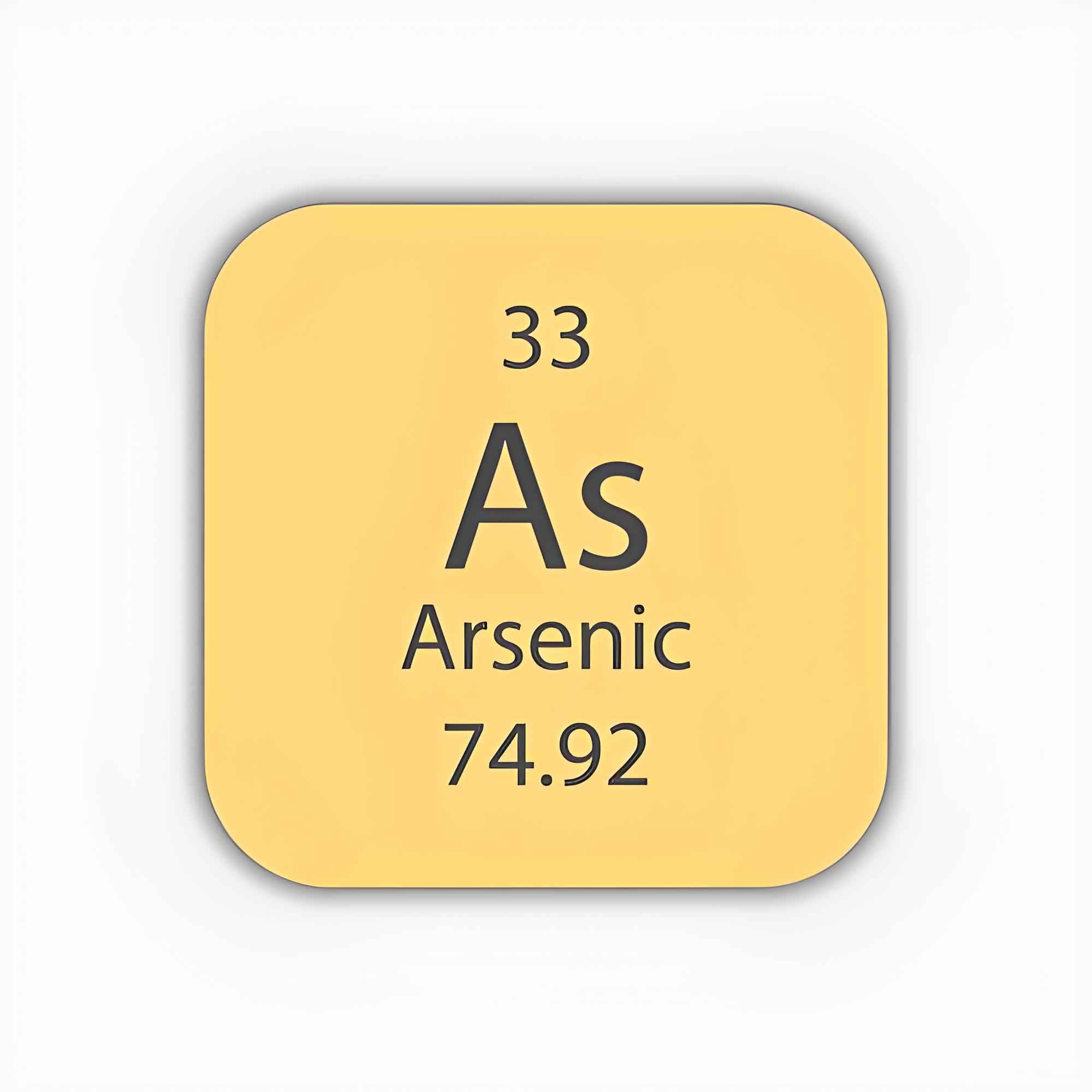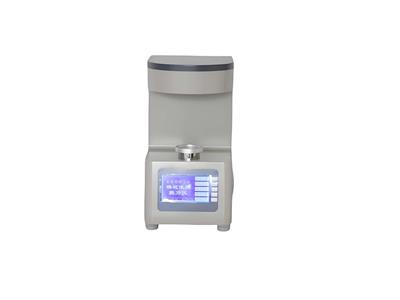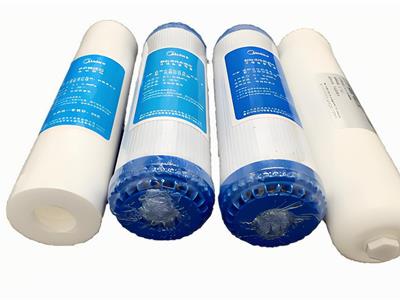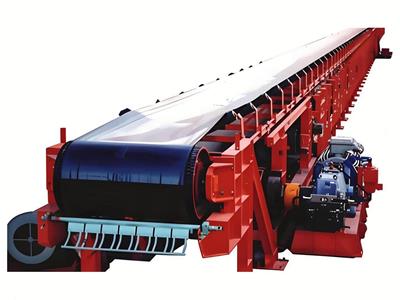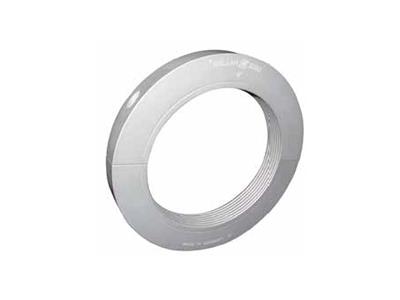- 2025-07-22
Removal of Arsenic from Water
Arsenic, an element naturally present in rock and soil, is widely found in areas of mining, smelting and agricultural activities. Fluctuations in groundwater levels can cause arsenic to dissolve from rock formations, while industrial emissions (thousands of pounds per year) and historical pesticide residues increase the risk of drinking water contamination. The World Health Organization (WHO) lists arsenic as one of the top ten public health hazards, and the U.S. Environmental Protection Agency (EPA) has strictly controlled the drinking water arsenic limit from 50ppb to 10ppb.
Health risks and distribution of arsenic pollution
Long-term intake of arsenic-containing drinking water will lead to skin lesions, internal organ damage and increased cancer risk. The southwestern, northeastern and midwestern United States are high-incidence areas, and soil background values in many regions around the world exceed the standard. The arsenic enrichment effect in the food chain requires that drinking water treatment must achieve efficient removal.
Mature arsenic removal technology solution
1. Ion exchange system
Use salt-regenerated strong alkaline anion resin (type 1/type 2)
Selectively remove arsenate/arsenite ions and synchronously control sulfate/nitrate
Configure fiberglass/carbon steel pressure vessels and support top/side mounted valves
Applicable to single pollutant removal scenarios, with operating costs 30% lower than membrane systems
2. Reverse Osmosis (RO) System
0.0001 micron membrane pores intercept dissolved arsenic and other ions
Removal rate ≥ 99%, water production TDS ≤ 10ppm
Integrated pretreatment unit ensures membrane life of > 3 years
Suitable for high-purity water preparation with multiple pollutants
Engineering selection decision factors
Water quality complexity: RO system is preferred for multiple pollutants
Operational economy: ion exchange is preferred for single pollutant treatment
Space limitation: skid-mounted RO device saves 40% of space
Maintenance requirements: ion exchange requires periodic salt regeneration (similar to softener)
Technical implementation benefits
Stable arsenic concentration in produced water < 0.01 mg/L, meeting WHO/EPA dual standards
Blocking the ingestion path of arsenic carcinogens and reducing public health risks
Improving water safety level in the food and beverage industry
Modular arsenic treatment skid-mounted device enables rapid deployment

